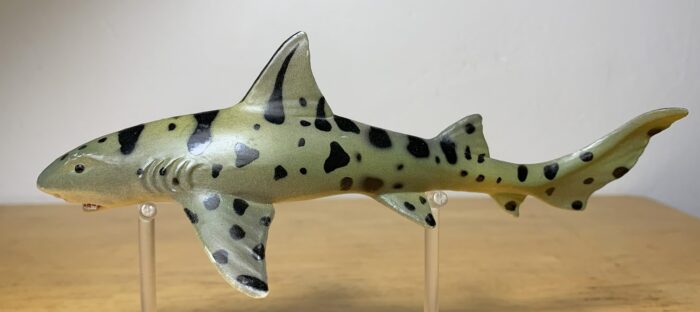The subject of today’s review is a bit of a curiosity. I got it in a lot off of eBay and it doesn’t have any manufacturer markings or identification printed on it. I initially thought it was a northern red snapper (Lutjanus campechanus) and reviewed it as such, and that’s also what it is marketed as on the internet.
Marble Ray (Incredible Creatures by Safari Ltd.)
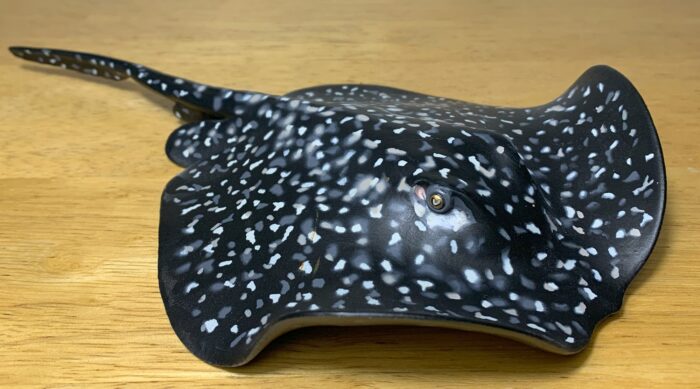
Shark Week might be over but there’s one more elasmobranch I wanted to review before moving away from cartilaginous fishes, the 2019 Incredible Creatures marble ray (Taeniurops meyeni) by Safari Ltd.
The marble ray goes by many names, including blotched fantail ray, round ribbontail ray, giant reef ray, and black-spotted stingray.
Mandarin Dogfish, Kitefin Shark, Japanese Angelshark, and Roughskin Dogfish (Plush Sharks Vols. 2-4 by Qualia)
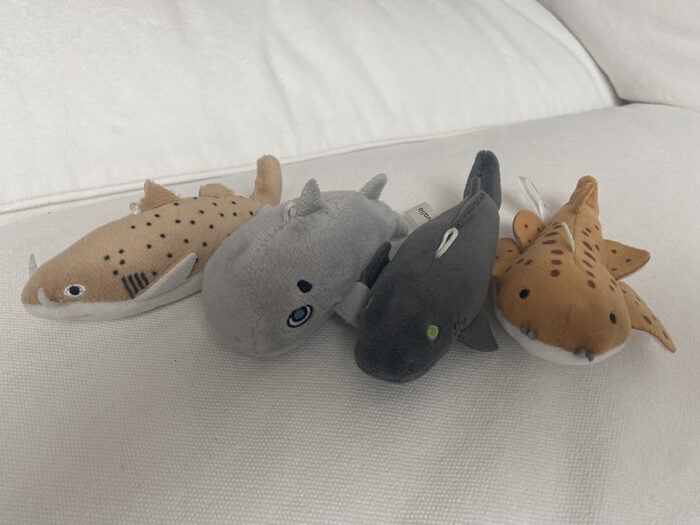
Review and images by Alopias superciliosus; edited by bmathison1972
I appreciate Shark Week on the Animal Toy Blog far more than I do the actual shark week programming on Discovery because the reviews on the Blog are more in line with what Shark Week should be and once was: an educational look at a fascinating group of animals, as opposed to over-dramatized, fear-mongering pseudo-science.
Leopard Shark, 1996 (Wild Safari Sealife by Safari Ltd.)
Great White Shark, 2016 (Wild Safari Sealife by Safari Ltd.)

Review and images by JimoAi; edited by bmathison1972
It’s Shark Week on the Blog once again and for today’s subject, we’ll be looking at the magnificent and feared great white shark (Carcharodon carcharias), a species that needs no introduction, being prominently featured in many games, movies, books and toys.
Thresher Shark (Marine Life by Papo)
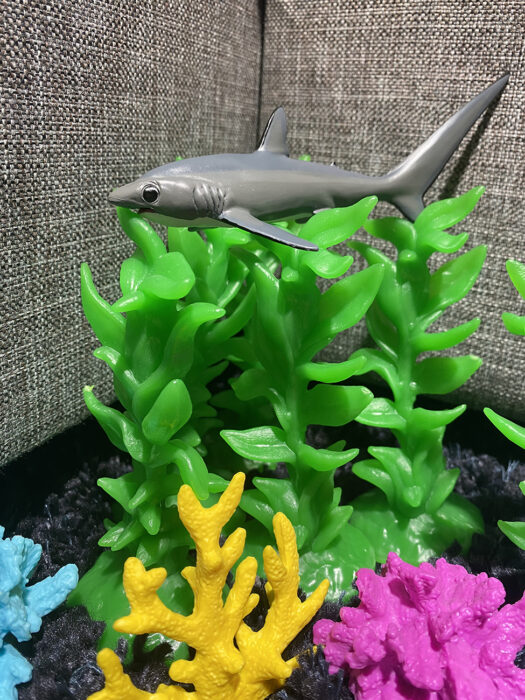
Review and images by Alopias superciliosus; edited by bmathison1972
I’m happy to be back for my third Shark Week with the Animal Toy Blog, and this year I will be contributing two reviews! First up, arriving just in time for Shark Week, Papo’s newly released thresher shark.
Thresher sharks are a fascinating family of mackerel sharks easily distinguished by their incredibly long upper caudal fin lobes.
Scalloped Hammerhead (BJ Toy Company)
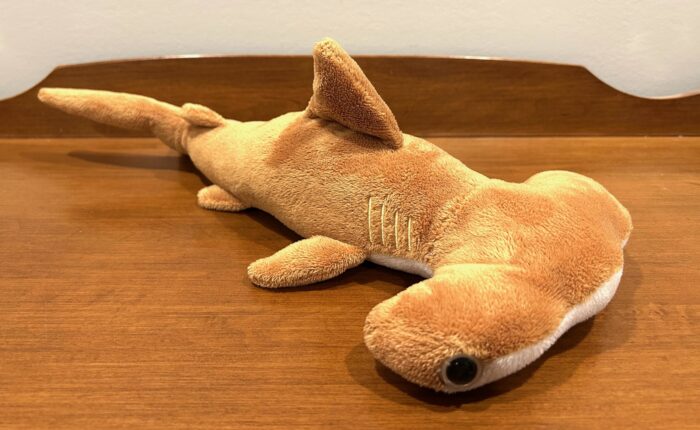
Review and images by Suspsy; edited by bmathison1972
For Shark Week this year, I’m covering this charming plush hammerhead from BJ Toy Company. I acquired it back in 2009 when I visited the Memphis Zoo in Memphis, Tennessee. And it ended up coming in rather handy when my suitcase got lost on the flight back home.
Spiny Lobster (Sea World by AAA)

Spiny lobsters (family Palinuridae) are not ‘true lobsters’ (family Nephropidae), but along with the true lobsters and the Polychelida form what appears to be a monophyletic clade. The extinct Eryon is also in this clade. In my last blog review I showcased a pair of AAA Maine lobsters and briefly discussed AAA’s casting of actual specimens to produce some of their figures.
Pufferfish (Incredible Creatures by Safari Ltd.)
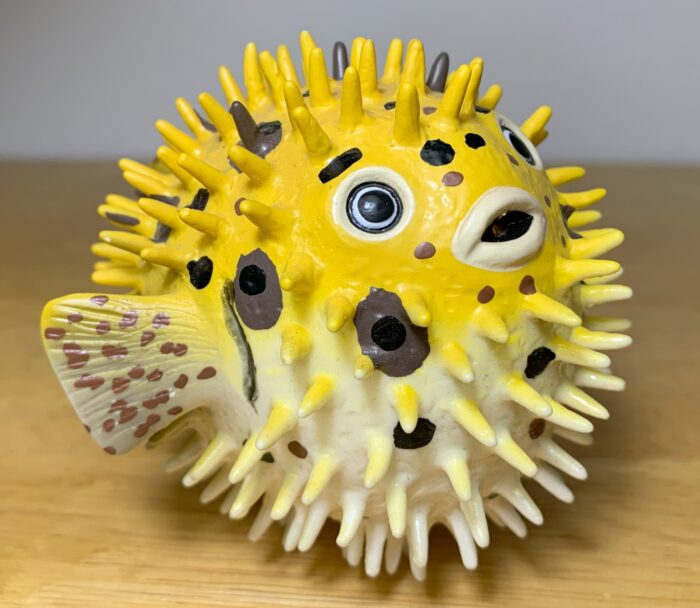
Pufferfishes are a family of fishes scientifically known as Tetraodontidae and although they can also inflate their bodies the porcupinefishes of the Diodontidae family are not generally regarded as pufferfishes. The two families are closely related of course, both belonging to the Tetraodontiformes order. And although any fish in the order that puffs up can colloquially be called a pufferfish it’s important to mention the distinction when reviewing today’s subject, a porcupinefish that Safari marketed as a pufferfish.
Clown Anemonefish, 2005 (Incredible Creatures by Safari Ltd.)
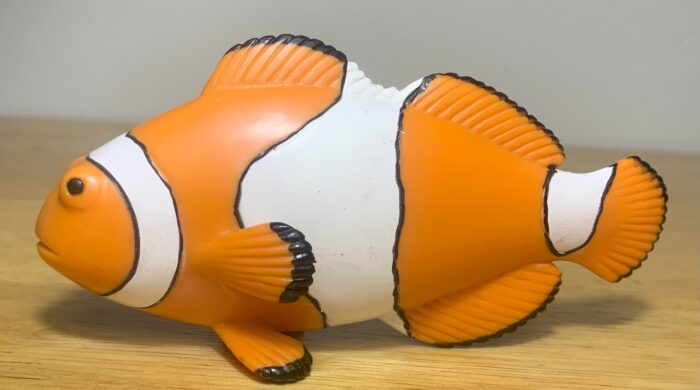
In my last review we looked at the 2017 Safari Ltd. Incredible Creatures clown anemonefish (Amphiprion ocellaris) and perhaps not surprisingly, I gave it a good review. Today we’re looking at another clown anemonefish, also by Safari Ltd. and also part of their Incredible Creatures line. I think you’ll find my thoughts on this one to be a bit less positive.
Clown Anemonefish, 2017 (Incredible Creatures by Safari Ltd.)
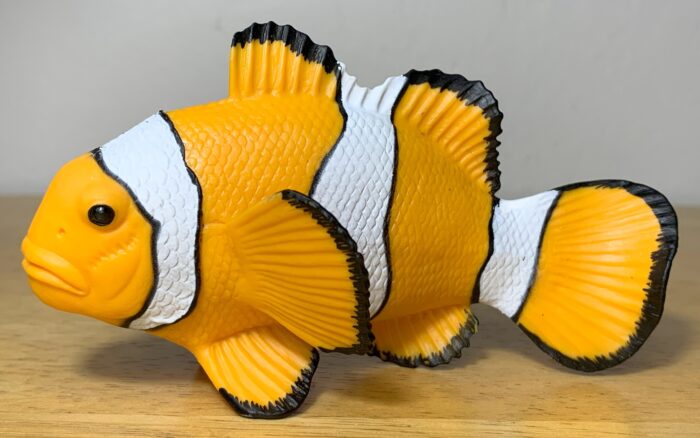
The clown anemonefish (Amphiprion ocellaris) is probably the world’s most recognizable marine fish and is also known as the ocellaris clownfish, false percula clownfish, and common clownfish. The false percula name comes from the fact that it closely resembles the percula or orange clownfish (Amphiprion percula).





